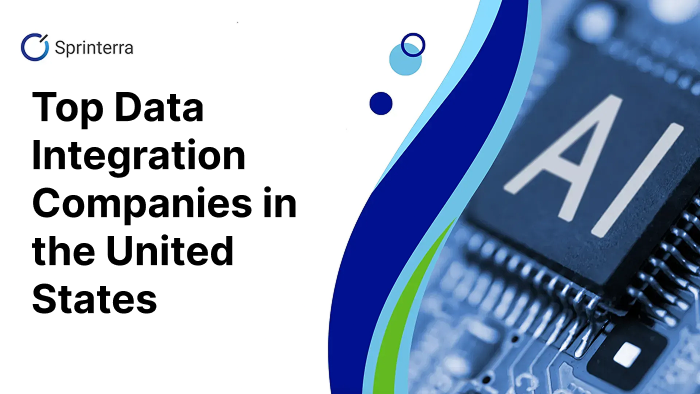
In today’s digital-first economy, data is more than just information. It’s the foundation on which business decisions are made, customer experiences are crafted, and future innovations are born. Whether you’re analyzing sales performance, refining marketing strategies, streamlining supply chains, or building AI-powered systems, data plays a critical role.
But here’s the catch: data is often fragmented, messy, and scattered across different tools, platforms, and departments. Bringing all that data together in a usable, coherent format is where data integration platforms shine.
In this guide, we’ll explore the importance of data integration, key types of integration solutions, critical factors to consider before choosing a platform, and most importantly, a curated list of the Top Data Integration Companies in the U.S. for 2025 that are helping businesses turn raw data into actionable insights.
Data integration is the process of consolidating data from multiple sources into a single, unified system, usually for the purpose of analysis, visualization, and decision-making. Think of it as the digital plumbing that connects your CRM, ERP, marketing automation tools, eCommerce platform, and customer service data into one central hub.
Without integration:
With integration:
Data integration isn’t one-size-fits-all. Based on your business needs, technical resources, and data volume, you might choose one (or a combination) of the following types:
Pull data from multiple sources, transform it to match your business rules, and load it into your target system.
Load raw data into your system first, then transform it inside your warehouse for greater flexibility and performance.
Used for moving data between systems typically during a platform switch, database upgrade, or merger/acquisition.
This helps clean, enrich, and validate your data before it’s used, ensuring high-quality analytics.
These platforms query data where it lives (like a data lake or warehouse) without requiring full migration, often used in BI tools.
For niche use cases, APIs and custom-coded scripts offer control and customization when off-the-shelf options fall short.
Choosing the right Data Integration platform is more than comparing features. It’s about selecting a solution that aligns with your business strategy, scales with your growth, and is easy for your team to adopt.
Here are 11 leading data integration platforms dominating the U.S. market in 2025, each offering unique advantages to suit different business types and tech stacks.

Company size: 50–200 employees
Founding year: 2007
Website: https://sprinterra.com
Headquarters: New York, NY
Company Overview:
Sprinterra is a technology and Software Development Company known for its expertise in enterprise-grade custom solutions, particularly in Data Reconciliation And Integration. With a core focus on unifying disparate data sources, Sprinterra empowers organizations to eliminate data silos and reduce human error. Their goal is to ensure the consistency of business-critical information across the enterprise.
At the heart of Sprinterra offerings is its data reconciliation and integration service designed to merge information from multiple systems into a single, clean, and reliable dataset. This process removes issues such as double entries, typos, and structural inconsistencies that often plague growing enterprises. Whether integrating CRM, ERP, or third-party platforms, Sprinterra ensures that data flows smoothly and remains accurate across departments.
The company serves clients across industries including finance, healthcare, logistics, and insurance domains where data accuracy is paramount. With its agile development process and tailored approach, Sprinterra adapts to each client’s specific needs, delivering scalable and maintainable solutions that support long-term growth.
Sprinterra is particularly trusted by businesses undergoing Digital Transformation who require flexible, efficient, and cost-effective ways to clean up and centralize their data.
Company size: 250–500 employees
Founding year: 2006
Website: www.snaplogic.com
Headquarters: San Mateo, California
Company Overview:
SnapLogic is a leading provider of intelligent integration solutions designed to automate data and application workflows across cloud and on-premises environments. Leveraging its AI-powered integration platform, SnapLogic helps businesses accelerate digital transformation by simplifying complex data and application integration processes. The platform features a visual drag-and-drop interface and over 700 prebuilt connectors that allow users to quickly build and deploy data pipelines without heavy coding. Its Iris AI engine assists in creating integrations faster and smarter, making it an ideal solution for mid-to-large enterprises seeking to manage multi-cloud and hybrid environments. SnapLogic supports a wide range of use cases including data warehousing, SaaS integration, and API management. With a strong emphasis on usability and scalability, SnapLogic enables organizations to streamline IT operations, improve analytics capabilities, and achieve real-time insights through automated workflows.
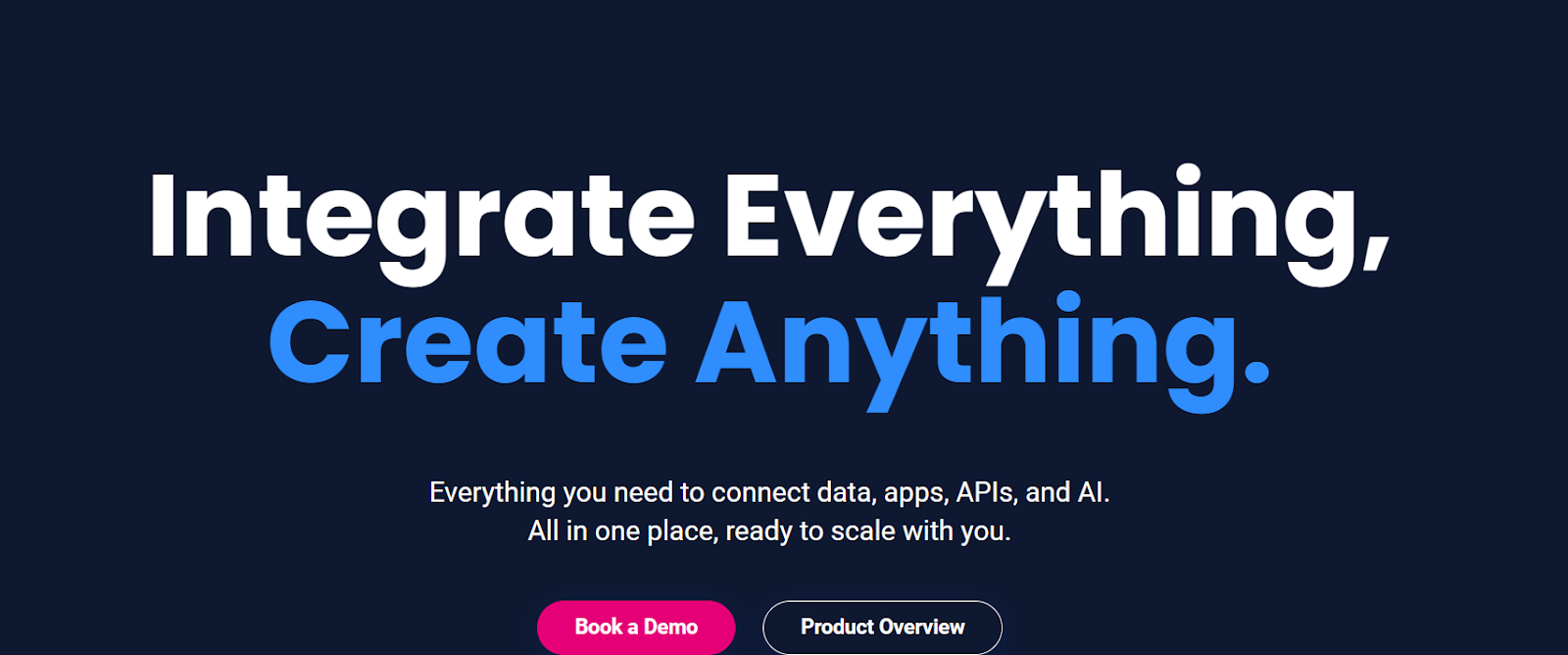
Company size: 1,000+ employees
Founding year: 2012
Website: www.fivetran.com
Headquarters: Oakland, California
Company Overview:
Fivetran specializes in automated, fully managed data pipelines that make data integration effortless for modern businesses. By providing over 500 prebuilt connectors, Fivetran enables seamless extraction and loading data from various sources into centralized platforms such as Snowflake, Redshift, and BigQuery. What sets Fivetran apart is its zero-maintenance architecture, allowing companies to achieve reliable, up-to-date analytics without the need for complex engineering work. It supports incremental updates, schema migration, and complies with major data protection standards like SOC 2 and GDPR. Fivetran’s plug-and-play simplicity makes it ideal for data teams looking to reduce time-to-insight and avoid the overhead of building and maintaining pipelines manually. Trusted by thousands of enterprises and startups, Fivetran continues to lead the way in simplifying data movement at scale.
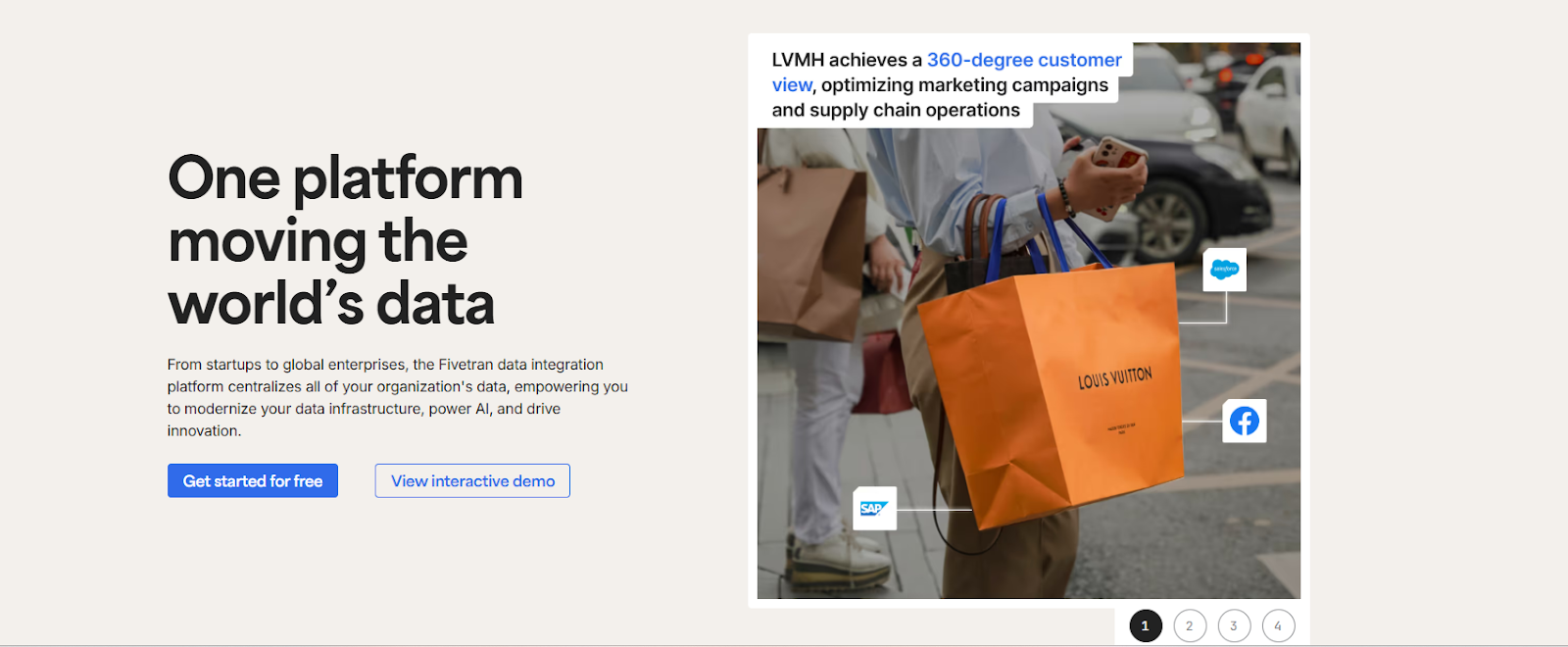
Company size: 1,500+ employees
Founding year: 2005
Website: www.talend.com
Headquarters: Redwood City, California
Company Overview:
Talend, now part of Qlik, is a prominent data integration and data governance platform known for its low-code interface and enterprise-grade capabilities. Originally recognized for its open-source ETL tools, Talend has expanded into a comprehensive solution that addresses real-time data integration, batch processing, and data quality management. Its platform supports seamless integration across cloud and on-premises systems, offering tools for cleansing, profiling, and transforming data on a scale. Talend empowers organizations to unify their data sources and maintain high-quality data through its built-in data quality services. It’s widely used by enterprises across healthcare, finance, and retail industries for regulatory compliance and digital transformation initiatives. The platform’s flexible deployment, strong data governance tools, and scalable architecture make it an asset for data-driven organizations.
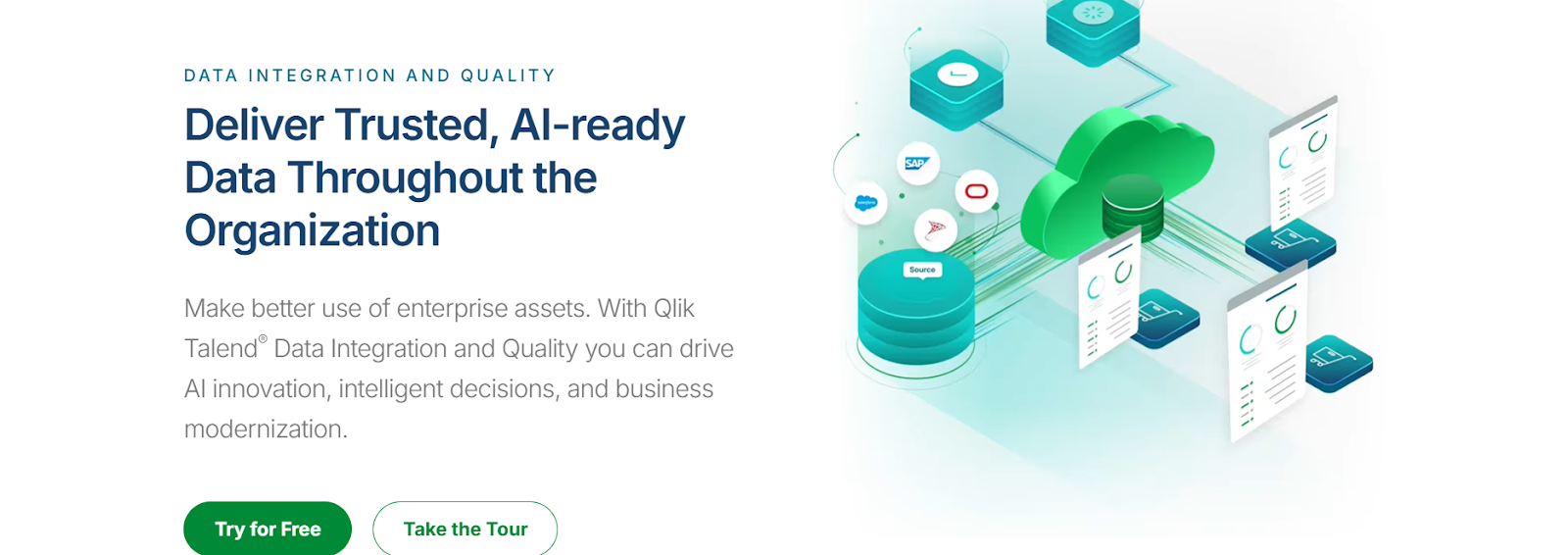
Company size: 400–600 employees
Founding year: 2011
Website: www.matillion.com
Headquarters: Manchester, United Kingdom (with a strong U.S. presence in Denver, Colorado)
Company Overview:
Matillion provides cloud-native data integration and transformation tools specifically optimized for platforms like Snowflake, Amazon Redshift, and Google BigQuery. Built for modern data teams, Matillion simplifies Extract, Load, and Transform (ELT) processes using a no-code/low-code interface and AI-powered transformation tools. It supports advanced use cases like Change Data Capture (CDC), incremental loading, and real-time analytics. Matillion empowers enterprises to accelerate data onboarding and transformation while maintaining data integrity and scalability. It’s particularly beneficial for organizations undergoing cloud migration or managing vast, distributed data assets. With its intuitive design and focus on performance, Matillion enables agile analytics development and serves as a cornerstone for data-driven business strategies.
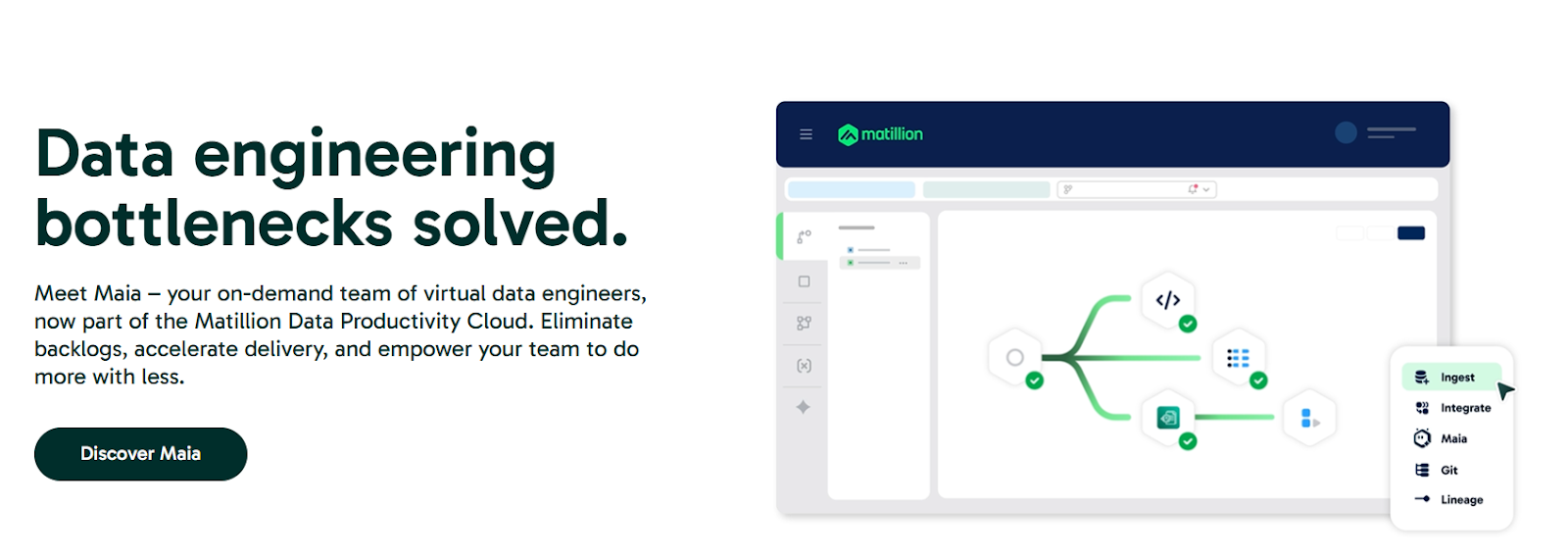
Company size: 5,000+ employees
Founding year: 1993
Website: www.informatica.com
Headquarters: Redwood City, California
Company Overview:
Informatica is a global leader in enterprise cloud data management, offering an end-to-end suite for data integration, data quality, governance, and master data management. Recognized by Gartner as a consistent leader in the space, Informatica’s Intelligent Data Management Cloud (IDMC) platform enables organizations to integrate and govern data across multi-cloud and on-premises environments. It employs AI and metadata intelligence to power data discovery, cataloging, lineage tracking, and policy enforcement. Informatica’s tools are especially valuable in regulated industries, where compliance, scalability, and data security are mission-critical. From enabling advanced analytics to fueling digital transformation initiatives, Informatica equips enterprises with a trusted foundation to turn raw data into business value.

Company size: 200–300 employees
Founding year: 2016
Website: www.getdbt.com
Headquarters: Philadelphia, Pennsylvania
Company Overview:
DBT, short for Data Build Tool, is a modern transformation tool designed for analysts and data engineers who prefer working in SQL. Unlike traditional ETL tools, DBT focuses exclusively on the “T” (Transform) phase within a data warehouse. It allows teams to build modular, version-controlled SQL transformation pipelines, ensuring consistency and reusability. DBT integrates seamlessly with leading cloud warehouses like Snowflake, BigQuery, and Redshift, enabling analytics teams to manage complex data models with ease. It supports CI/CD practices, testing, documentation, and robust community-driven development. DBT’s open-source roots and thriving user base make it ideal for modern data teams adopting a “transform-first” approach to data engineering.
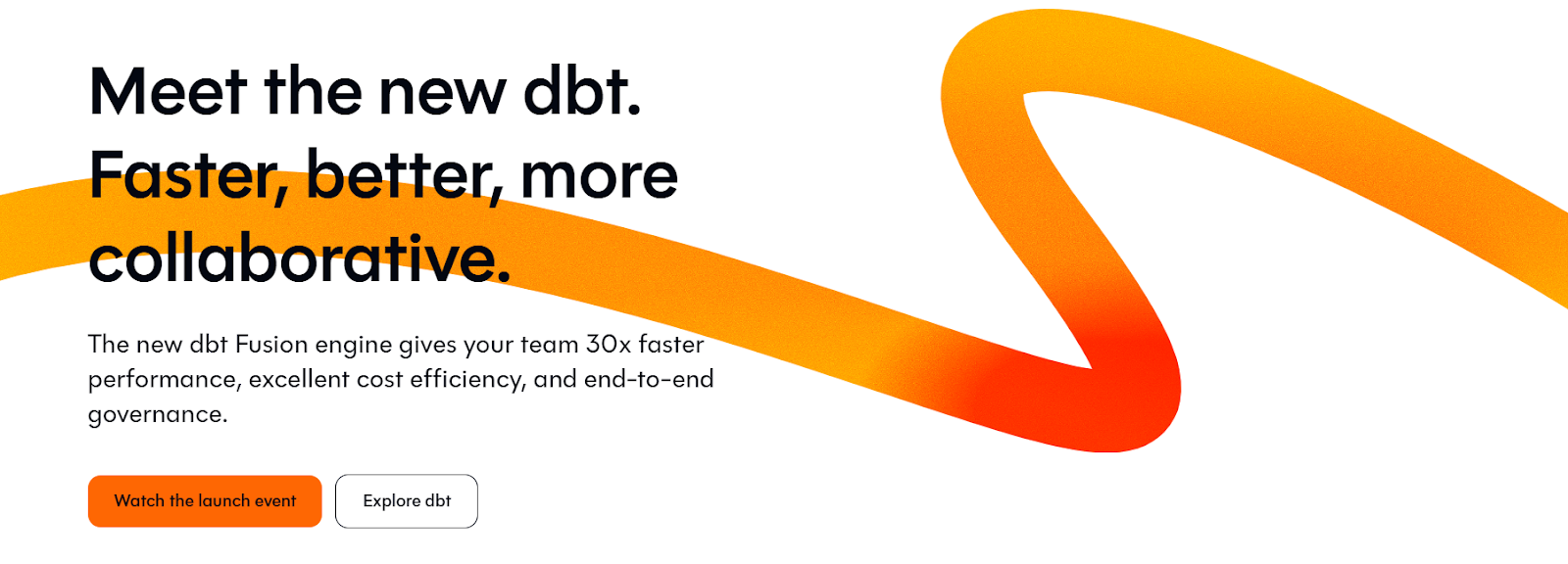
Company size: 50–100 employees
Founding year: 2016
Website: www.stitchdata.com
Headquarters: Philadelphia, Pennsylvania
Company Overview:
Stitch, a cloud-native ETL service by Talend, offers fast and simple data integration for startups and lean teams. With more than 140 prebuilt connectors, Stitch enables businesses to replicate data from popular sources like SaaS platforms, databases, and APIs into cloud data warehouses. Its interface is minimal and user-friendly, allowing for setup within minutes. Stitch handles schema changes automatically and offers scheduling, monitoring, and basic transformation capabilities. While less feature-rich than enterprise tools like Fivetran, Stitch is ideal for small-to-medium-sized businesses needing a cost-effective, low-maintenance solution. Its developer-friendly design and open-source foundation (via Singer) make it a great choice for agile data teams.

Company size: Part of Microsoft Corporation (200,000+ employees)
Founding year: 2014 (product launch)
Website: azure.microsoft.com
Headquarters: Redmond, Washington
Company Overview:
Azure Data Factory (ADF) is Microsoft’s fully managed data integration service that enables data engineers to build ETL and ELT pipelines across various data sources. Designed for users of the Microsoft Azure ecosystem, ADF provides both no-code and advanced authoring capabilities to orchestrate data flows between services like Azure Blob Storage, Azure SQL, Power BI, and Azure Synapse. It supports batch and streaming data, allowing enterprises to process large-scale datasets in real-time. ADF also integrates with Azure Machine Learning and supports a hybrid data environment. With strong security, scalability, and seamless Azure-native integration, ADF is ideal for businesses seeking end-to-end data orchestration within the Microsoft cloud stack.
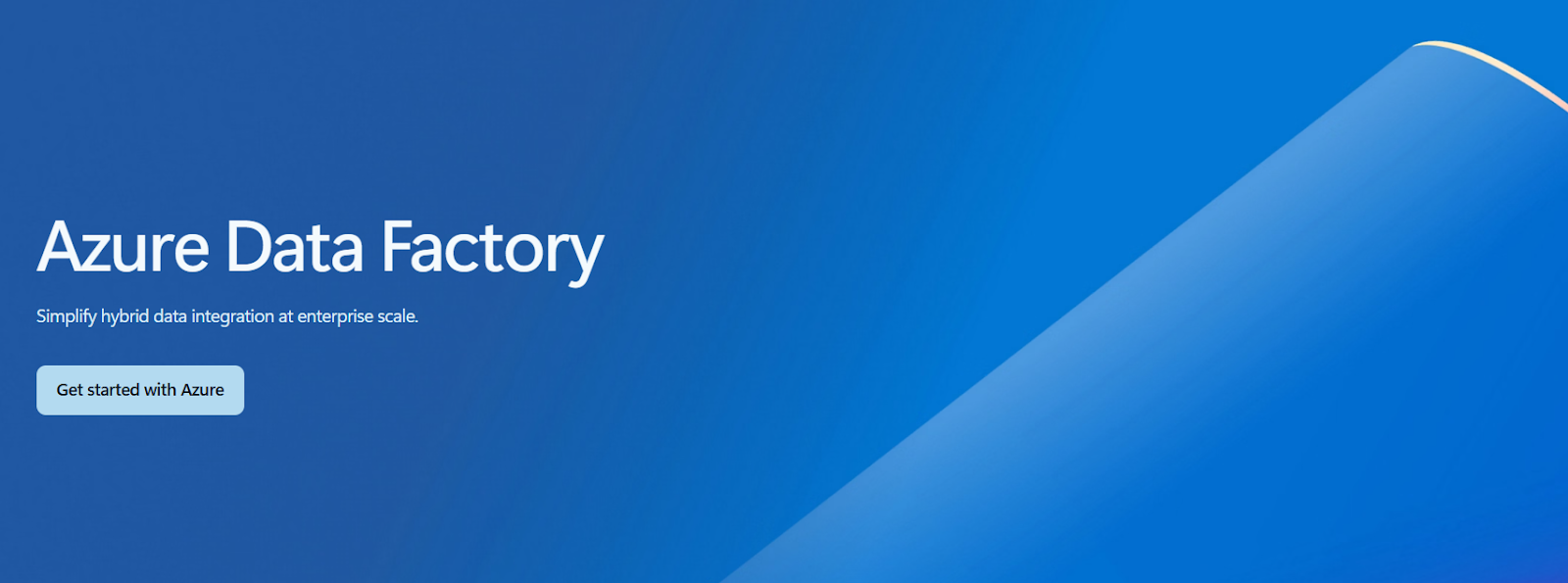
Company size: Part of Oracle Corporation (140,000+ employees)
Founding year: Originally acquired by Oracle in 2006
Website: www.oracle.com/middleware/technologies/data-integrator.html
Headquarters: Austin, Texas
Company Overview:
Oracle Data Integrator (ODI) is a high-performance ELT (Extract, Load, Transform) platform built for enterprise-level data integration within Oracle and hybrid environments. It features a declarative design approach and a rich transformation library to simplify complex data workflows. ODI integrates tightly with Oracle Cloud, Oracle Database, and non-Oracle platforms, ensuring broad interoperability. Its architecture emphasizes performance optimization, fault tolerance, and scalability, making it suitable for processing large data volumes. The platform supports metadata-driven development, automation, and scheduling of pipelines, and it aligns well with Oracle’s wider data management ecosystem. ODI is particularly effective in large enterprises needing high-throughput, governed integration processes.

Company size: Part of IBM Corporation (250,000+ employees)
Founding year: 1997
Website: www.ibm.com/products/datastage
Headquarters: Armonk, New York
Company Overview:
IBM InfoSphere DataStage is a powerful data integration tool designed for high-performance data movement and transformation. A staple in IBM’s data management suite, DataStage supports real-time data processing, parallel job execution, and integration across complex hybrid environments. It is built for enterprises that require robust governance, deep metadata management, and full lifecycle support from ingestion to deployment. DataStage works seamlessly with IBM’s Cloud Pak for Data and integrates REST APIs, making it adaptable to modern architectures. It’s particularly well-suited for sectors like finance, healthcare, and government, where data accuracy, compliance, and scalability are critical. InfoSphere DataStage enables organizations to turn data into trusted insights while maintaining strict operational standards.
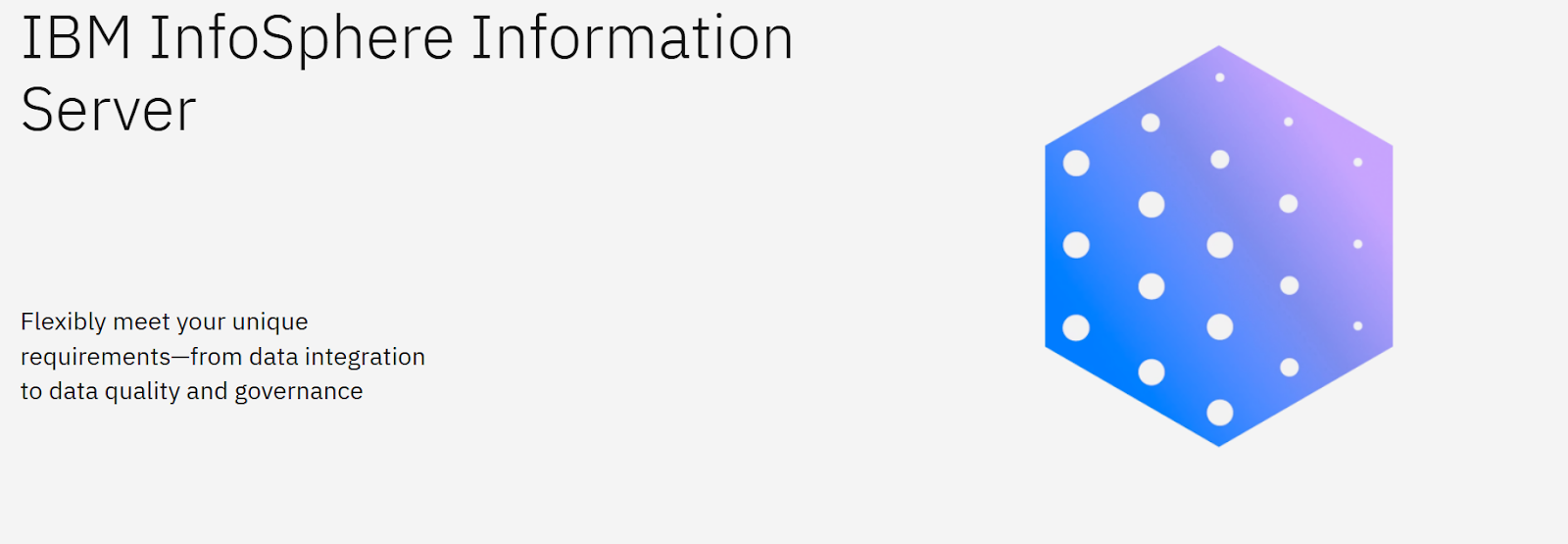
As data continues to fuel AI, automation, and customer personalization, the demand for seamless Data Integration will only increase. Companies that fail to integrate data efficiently risk falling behind competitors who can move faster, innovate quicker, and adapt better.
A robust data integration platform is no longer a nice-to-have, it’s a business-critical investment. Whether you’re a growing startup or an enterprise giant, finding the right solution today can shape your success tomorrow.
A data integration platform is a tool that consolidates data from multiple sources into a single, unified system. It allows businesses to access real-time, accurate data across departments, enabling better analytics, decision-making, and operational efficiency.
Businesses need data integration services to eliminate data silos, improve data accuracy, and gain a 360-degree view of operations. Integrated data supports faster reporting, streamlined workflows, and advanced technologies like AI and machine learning.
Common types of data integration tools include ETL (Extract, Transform, Load), ELT (Extract, Load, Transform), data migration tools, federated data access, and custom API-based integrations. Each serves different use cases based on data complexity and business needs.
To choose the right data integration company, evaluate ease of use, scalability, compatibility with your systems, security, and support for real-time processing. Consider whether the platform aligns with your business goals and existing infrastructure.
Data integration solutions improve data quality, enable real-time analytics, enhance compliance, and support company-wide collaboration. They help businesses turn raw data into actionable insights while reducing manual effort and operational risk.
Get the latest insights on exponential technologies delivered straight to you